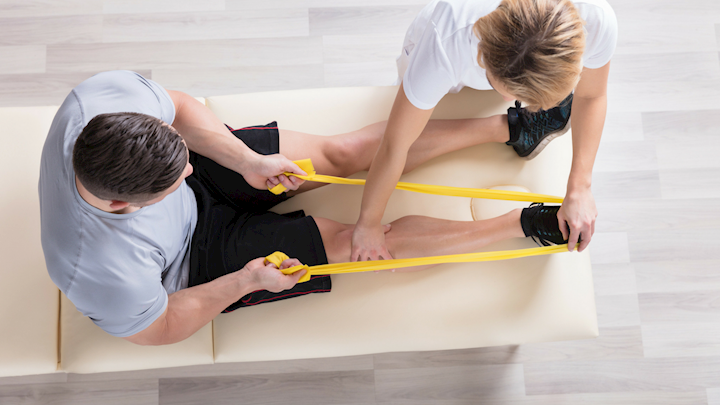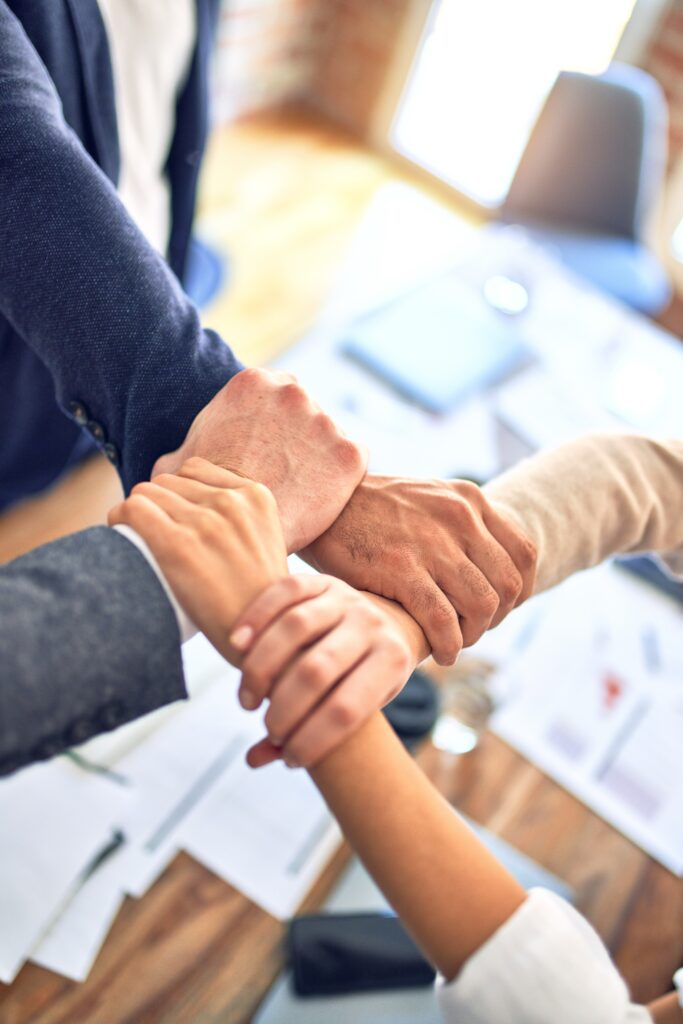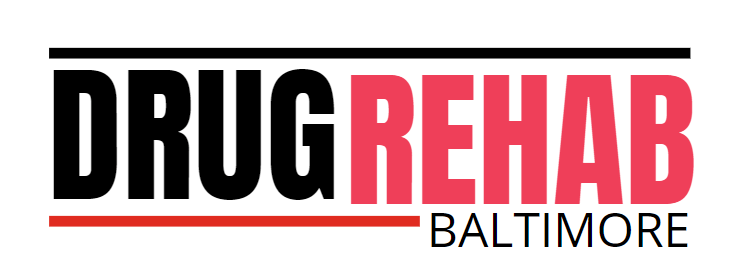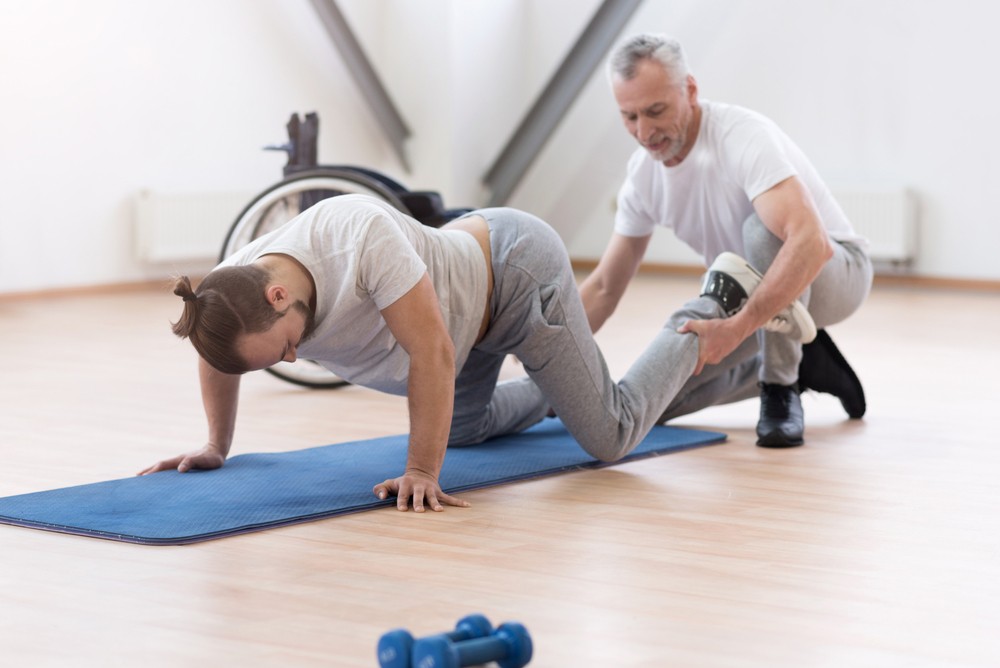Rehabilitation is described as a series of therapies that enable a person to regain physical and motor activity capability. Allowing them to return to their daily lives as normally as possible, or to return to work, family, and community.
After an injury, a stroke, or a lesion that has impaired certain motor skills or capacities, rehabilitation is usually recommended; it often has various methods of application depending on the form and nature of the condition.
Types Of Rehabilitation

These are the key ones, according to physiatr. Which is the branch of medicine that studies the various forms of rehabilitation:
Kinesitherapy
Physiotherapy is described as “therapy by movement,” and it is suggested that the disease be treated through motions. It is a type of manual and individual physical rehabilitation. That is primarily performed by physiotherapists and kinesiologists with the goal of loosening stiffened muscle tissues that impair physiological joint mobility. Postural healing and massage therapy are also associated with this form of therapy.
Water Rehabilitation
This form of recovery has had a lot of success and is now commonly used as a pre- and post-surgical treatment. The advantage of doing the movement in the water is that gravity is reduced, allowing for more delicate and less stressful movements. Furthermore, water provides a more natural resistance and, as a result, a greater uniformity of muscle tension, enabling the muscles to become accustomed to the movement over time. Since all of the activities are done in shallow waters, this form of therapy does not necessitate the use of an accomplished swimmer.
Functional rehabilitation
This therapy has a very specific goal: to detect and correct movement abnormalities by adjusting musculoskeletal system dysfunctions. It’s called functional because any time you turn, it attempts to unlock the functionality of the muscular structures that help to stabilise the spine. And the stabilisation works above all to avoid stressing the joints and causing them to deviate: disc degeneration, arthrosis, osteophytes, and other joint lesions. Skin stimulation or locomotion reflexes, as well as practical activities that evoke the roles assumed by children during their first year of life, are used in this form of recovery.
Postural Rehabilitation
It is first and foremost recommended for the prevention and treatment of back pain. The specialist will use customised motor exercises to help the patient gain a better understanding of his own body and the postures that his upper and lower limbs take in space.
Neurological Rehabilitation
The key aim is for people with disabilities caused by nervous system injuries to become more independent and self-sufficient. To do this, the patient follows a multidisciplinary and intensive recovery programme. That aims to strengthen functions, reduce symptoms, and improve the patient’s and his family’s sense of well-being. This form of recovery is particularly beneficial for patients. Who have or have had myeloma, brain tumours, stroke outcomes, Parkinson’s disease, multiple sclerosis, and poliomyelitis sequelae.
When It Comes To Rehabilitation
When an impairment or disorder exacerbated by various pathological affections or painful states. Becomes an impediment to an active life, a psychiatric examination should be performed. In reality, as motor functions are compromised in daily life, cognitive, emotional, and relational functions deteriorate as well.
The psychiatric, a physician who specialises in physical medicine and rehabilitation. Is the guardian of the healing process and, following a correct diagnosis, must develop an individual rehabilitation project (with clear short, medium, and long-term objectives). As well as a rehabilitation programme tailored to each patient’s needs and with the desired cooperation of other professionals.
Implications
The measurable outcomes on a physical basis after completing a proper outpatient therapy should be:

- have stronger and more flexible muscles so that the affected joints and body parts can move freely;
- There is less discomfort and inflammation;
- achieve tissue relaxation at its best;
- increase the vascularization of the body;
- profit from a better physical condition in general;
However, as previously mentioned, the outcomes differ depending on the form of recovery. And it would be wise to argue that, in general, a successful rehabilitation course helps people. To begin or restart their everyday lives in a quiet manner, both physically and in terms of social contact.
Where Does It Happen?
Individually with a physiatrist, in hospitals, or also in rehabilitation or physiotherapy centres. Where specialist entities such as psychologists, physical therapy, counselors, general physicians, paediatricians, and nurses assist the patient in physically and mentally healing.
Awakened intellectually, no one has ever been able to fully recover. Do not hesitate to contact us if you have any questions.


Recent Comments